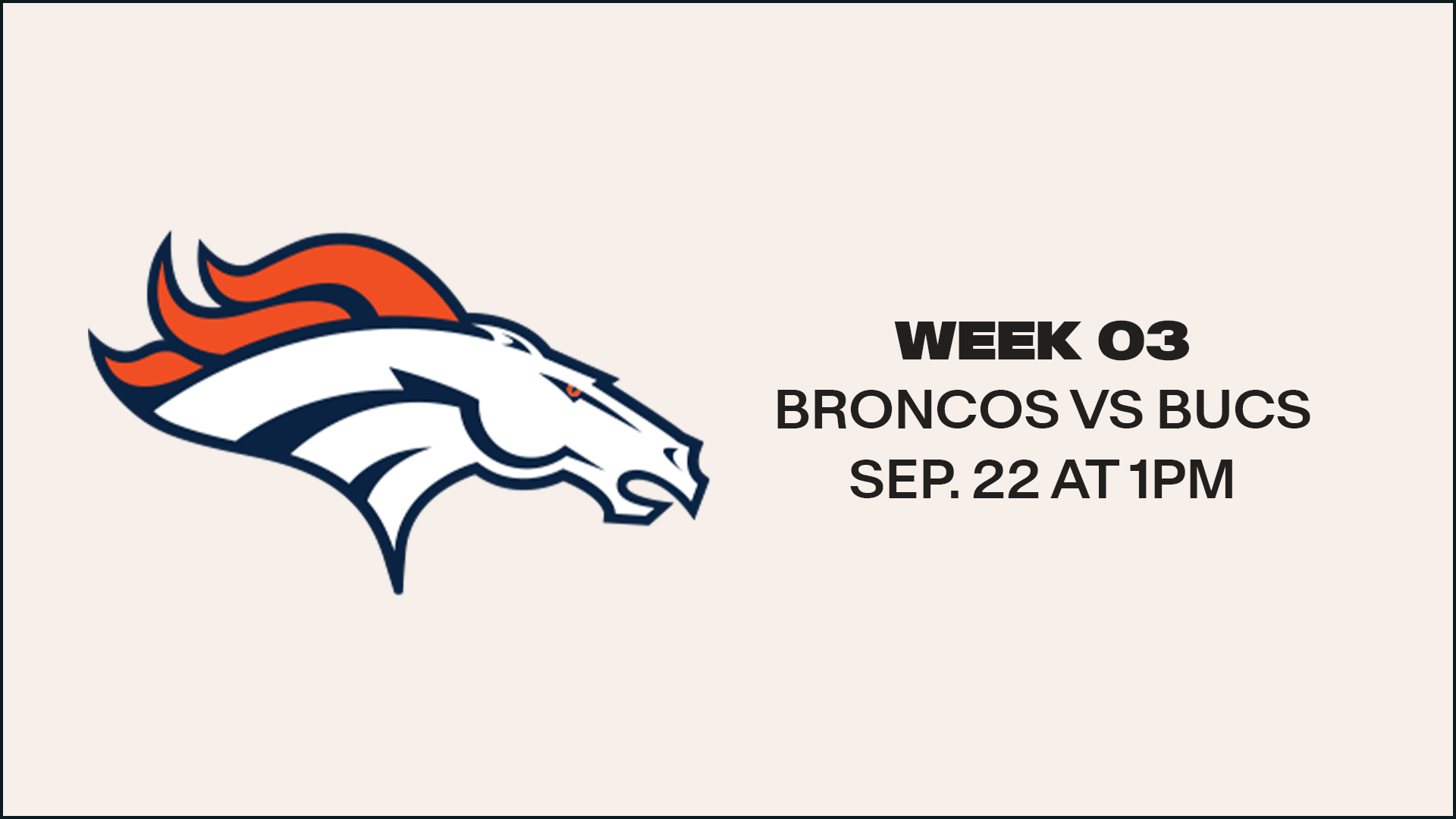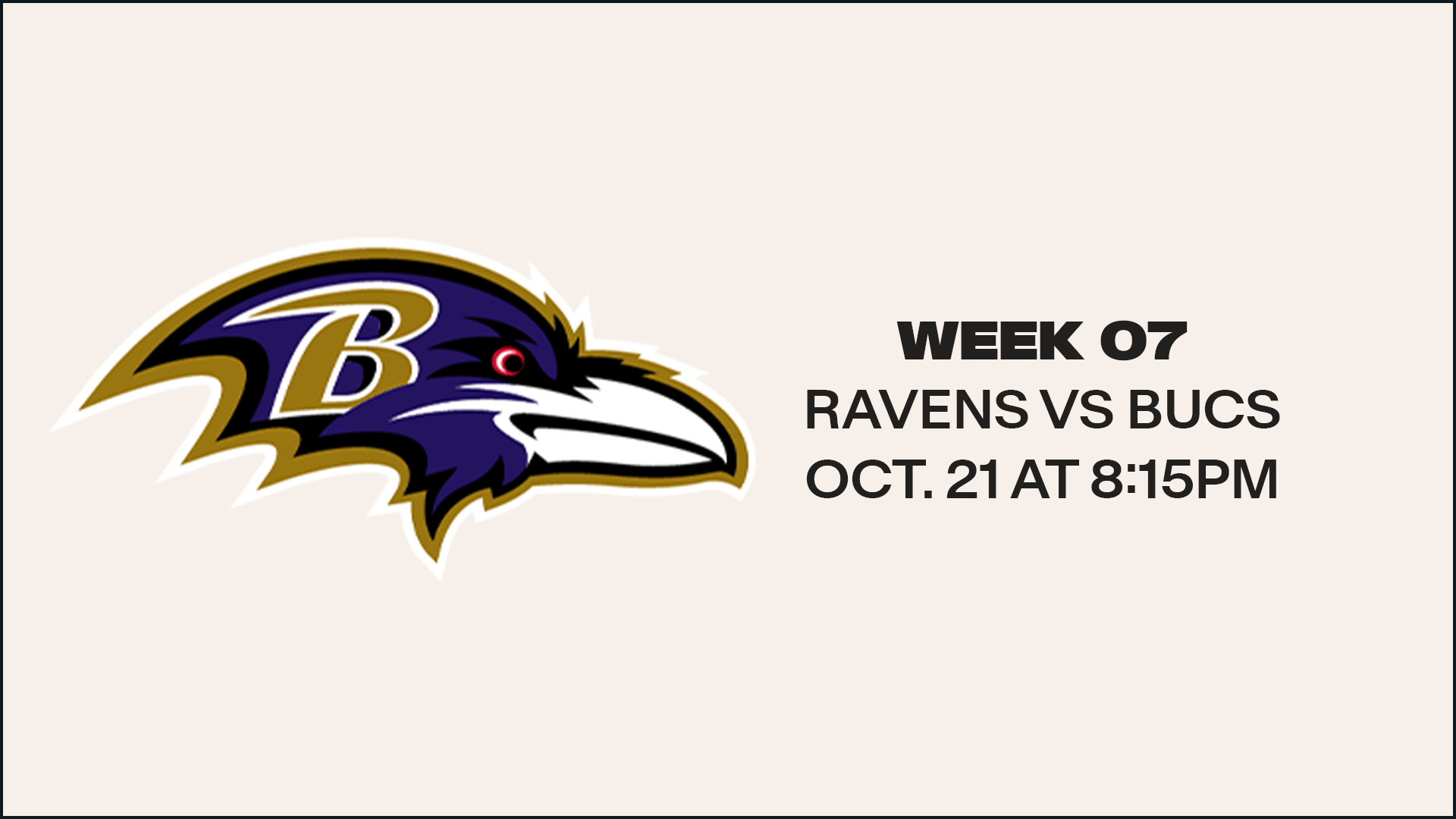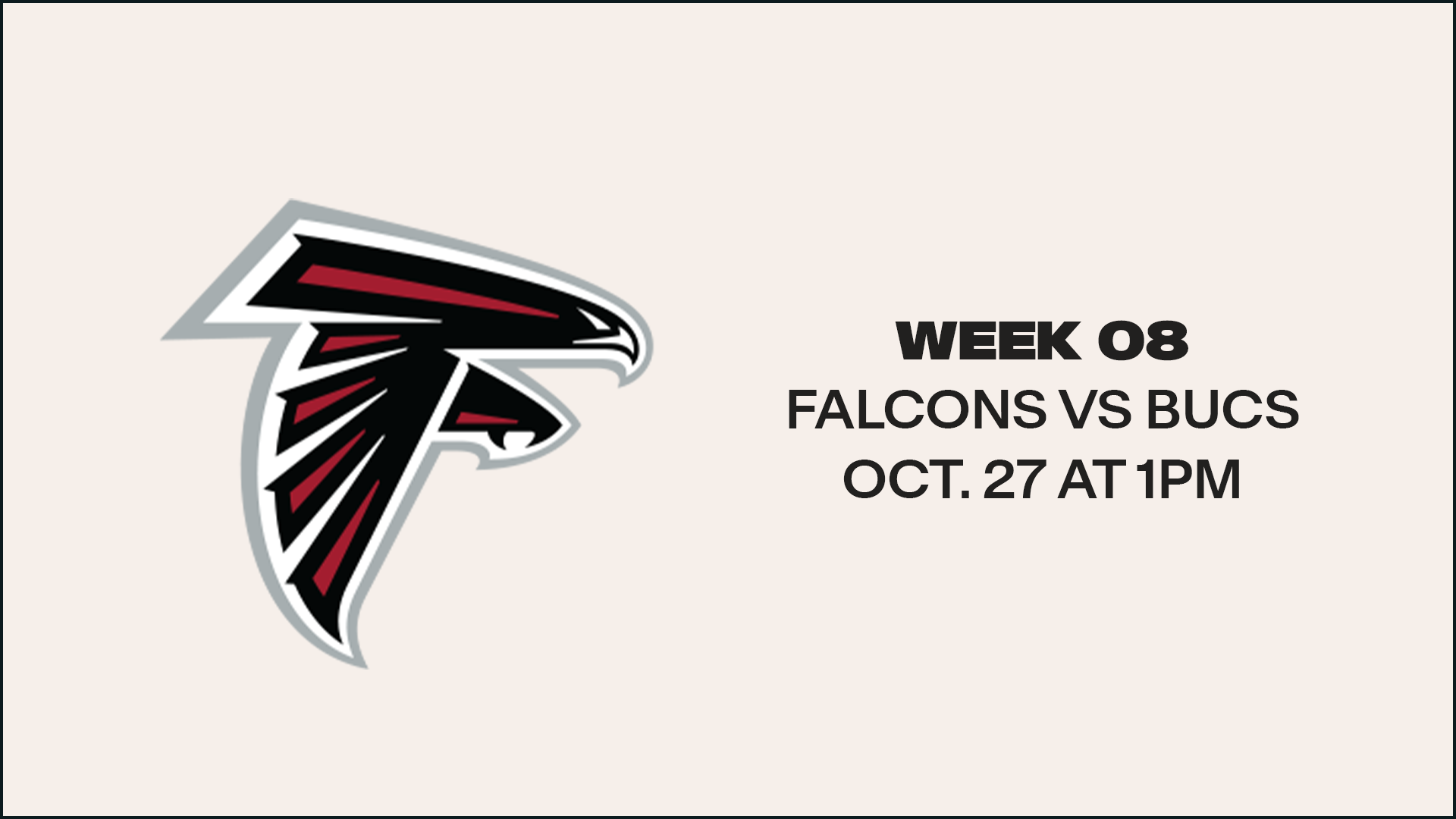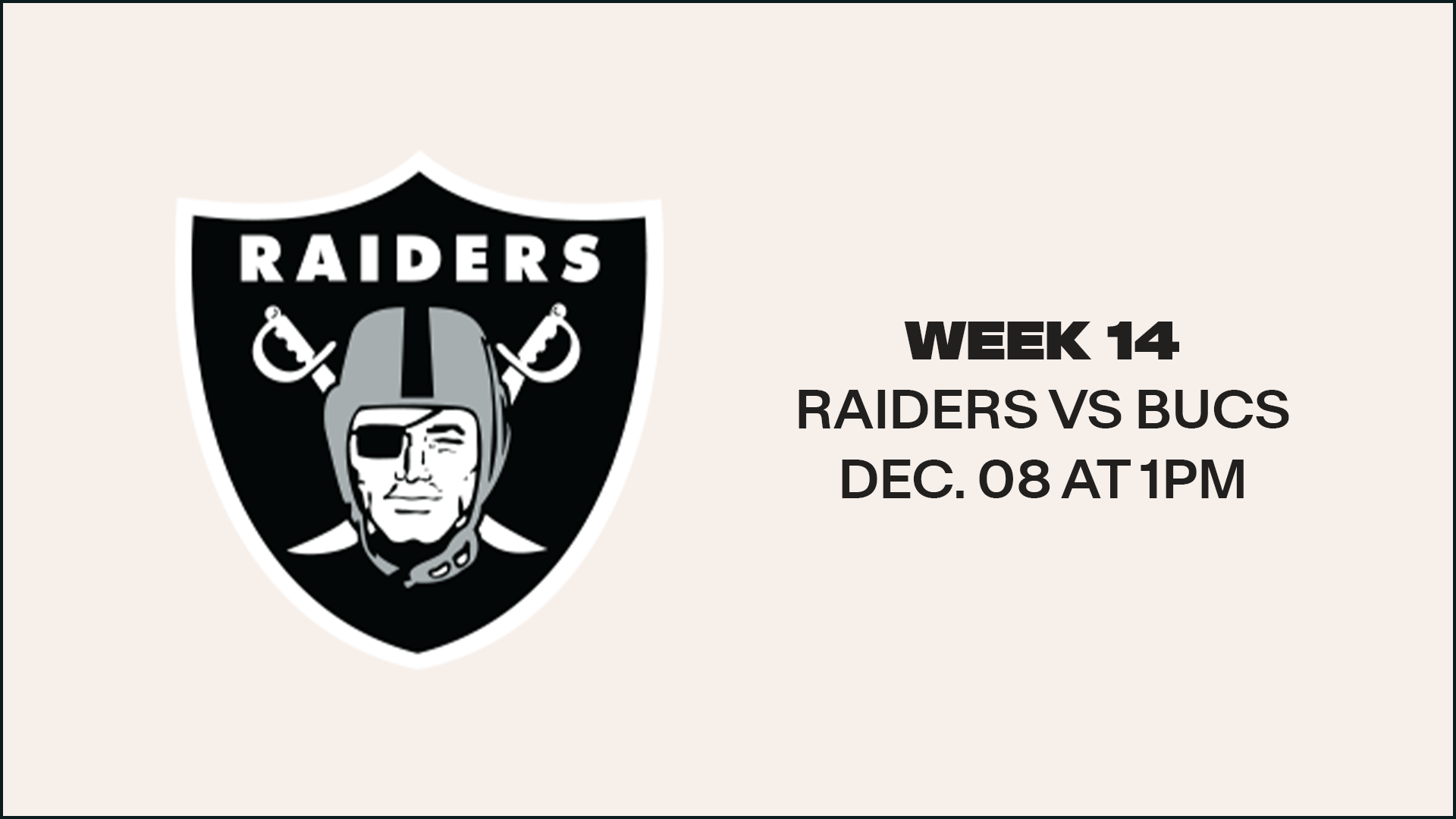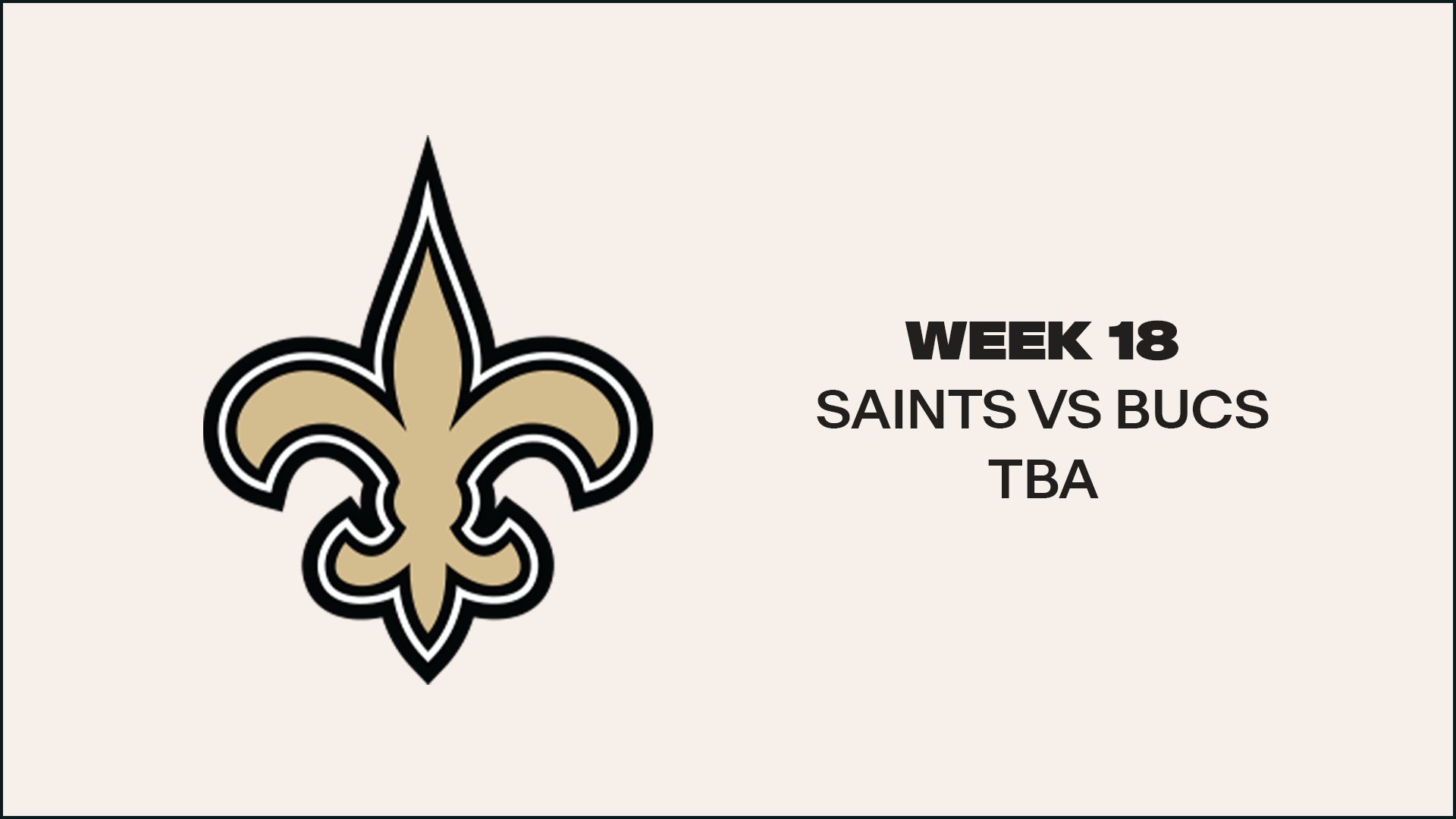The NFL relaxed its jersey number restrictions in a 2021 rules change, but not quite enough to allow Grant Stuard to keep the final number he wore in college.
The Tampa Bay Buccaneers selected the University of Houston linebacker with the final pick of the 2021 NFL Draft on Saturday, which made him this year's honorary "Mr. Irrelevant." It also meant the first NFL jersey in his honor bore the number "259," indicating the final spot in the draft. That bit of memorabilia was held up on the draft stage in Cleveland after Stuard was selected.
He will obviously not wear that jersey in the NFL, nor will he be able to transition seamlessly from his preferred number in college. Stuard had already taken advantage of a rules change when the NCAA allowed players to adopt "0" on their jerseys, which he did as a senior at Houston. The NFL is now allowing a much wider array of number options to most positions, starting in 2021, but they didn't go so far to allow zeroes.
So what number will Stuard wear as a professional? Read on. All seven players drafted by the Buccaneers over the weekend have been assigned their jersey numbers, and some of them have a chance to make a dent in franchise history. Only two of them are wearing the same number they had in college, and neither would have been able to do so without the new rule.
First-Round OLB Joe Tryon-Shoyinka: 9
This is, without question, the most unique number choice in franchise history. Without the new rule in 2021, Tryon would have had to choose something either in the 40-59 range or in the 90-99 range, as he is classified as an (outside) linebacker. Had he been drafted by a team with a 4-3 base defense and classified as a defensive end, he would have had to choose from among the 50-79 or 90-99 options.
Now, however, linebackers are free to adopt anything from 1-59 plus 90-99, and the former University of Washington star took advantage. He wore jersey number 9 for the Huskies and will now do so for the Buccaneers, as well. Tryon will be the first defensive player in franchise history to wear a single-digit number on his back.
Fortunately for Tryon, no returning Buccaneer had the number 9. As it was, he only had to worry about punters, kickers and quarterbacks in that range. And that number has not been a popular choice among quarterbacks in franchise history. The only passer to own that number while on the active roster across 45 seasons was Mike Pawlawski in 1992, and Pawlawski never actually appeared in a game.
Nine has been a preferred choice among punters in Buccaneer annals, including some of the best the team has employed at the position. That includes Super Bowl XXXVII punter Tom Tupa, Pro Bowl punter Josh Bidwell and relatively recent standouts Michael Koenen and Bryan Anger.
Second-Round QB Kyle Trask: 2
Trask wore the number 11 jersey at Florida and that is technically available with the Buccaneers at the moment. However, perhaps out of deference to the potential return of free agent quarterback Blaine Gabbert, Trask and the Bucs agreed to give him jersey number 2. If you can't have 11, at least you can have the number that its two digits add up to.
The number 2 jersey has been available to quarterbacks all along, but the only one ever to choose it was Chris Simms, the 2003 third-round draft pick. Simms wore that number in 20 Tampa Bay games, including the postseason, from 2003-07.
Otherwise, this number has also been the province of kickers and punters almost exclusively, though most of them came and went quickly. The only player other than Simms to wear number 2 for more than one season in Tampa was kicker Steve Christie, who bore it from 1990-91 before leaving for Buffalo in the old "Plan B" free agency system. Kickers Dave Warnke (1983), Obed Ariri (1984), Kyle Brindza (2015) and Nick Folk (2017) also tried it on, many very briefly.
Third-Round T Robert Hainsey: 70
Hainsey wore number 72 at Notre Dame but the Buccaneers re-signed swing tackle Josh Wells in April, meaning that jersey was occupied in Tampa. So Hainsey shifted over to 70, most prominently worn in Bucs history by Donald Penn and Logan Mankins.
The new number rules didn't open things up very much for offensive linemen. The only difference now is that tackles and guards can now wear numbers in the 50-59 range, which was previously only available for centers. With the Bucs also drafting two inside linebackers over the weekend, and with number 55 retired for Hall of Famer Derrick Brooks, there weren't many options there anyway.
Penn and Mankins both made the Pro Bowl wearing the number 70 jersey in Tampa. Penn had it longer, playing in 112 games with 108 starts from 2007-13. Mankins adopted it the next two years after coming over in a trade with New England. Charles McRae and Jason Odom are former Buccaneer draftees who each had five-year stints in number 70 and Harry Swayne played both offense and defense in that jersey in the early '80s.
Fourth-Round WR Jaelon Darden: 1
Darden is the second 2021 Bucs draftee to take advantage of the new jersey ranges for his position, and the second to take on the same number he wore in college. The North Texas product is poised to be the first Buccaneer to wear the number 1 in a regular-season game in more than a decade.
The last player to do so was punter Robert Malone, who held that job and wore that number for 12 games in 2010. The most prominent no. 1 in franchise history is probably kicker Donald Igwebuike, who played for the team from 1985-89 and is the Bucs' sixth-leading all-time scorer.
Despite the previous rules that herded receivers first into the 80-89 range and then later allowed them to pick in the 10-19 range, the number 1 has been worn during the regular-season by four different offensive players. Notably, all four later switched to a more traditional number for their positions.
Wide receiver Isaac Hagins snuck into one game in that jersey in 1976 but was wearing 81 when he returned in 1977. Running back/return man Michael Morton actually kept that number for three seasons in Tampa, from 1982-84. Wide receiver Marvin Marshall got into four games in 1996 with the number 1 but was moved to 89 by the end of the year. He is the last non-specialist to wear that number or Tampa Bay in a regular-season game. Quarterback Joe Hamilton briefly owned it but was wearing 14 by the time he got in for five snaps in a 2000 win over Atlanta. He did not throw a pass but he did get sacked.
View pictures of Washington OLB Joe Tryon, who Tampa Bay selected in the first round of the 2021 NFL Draft.
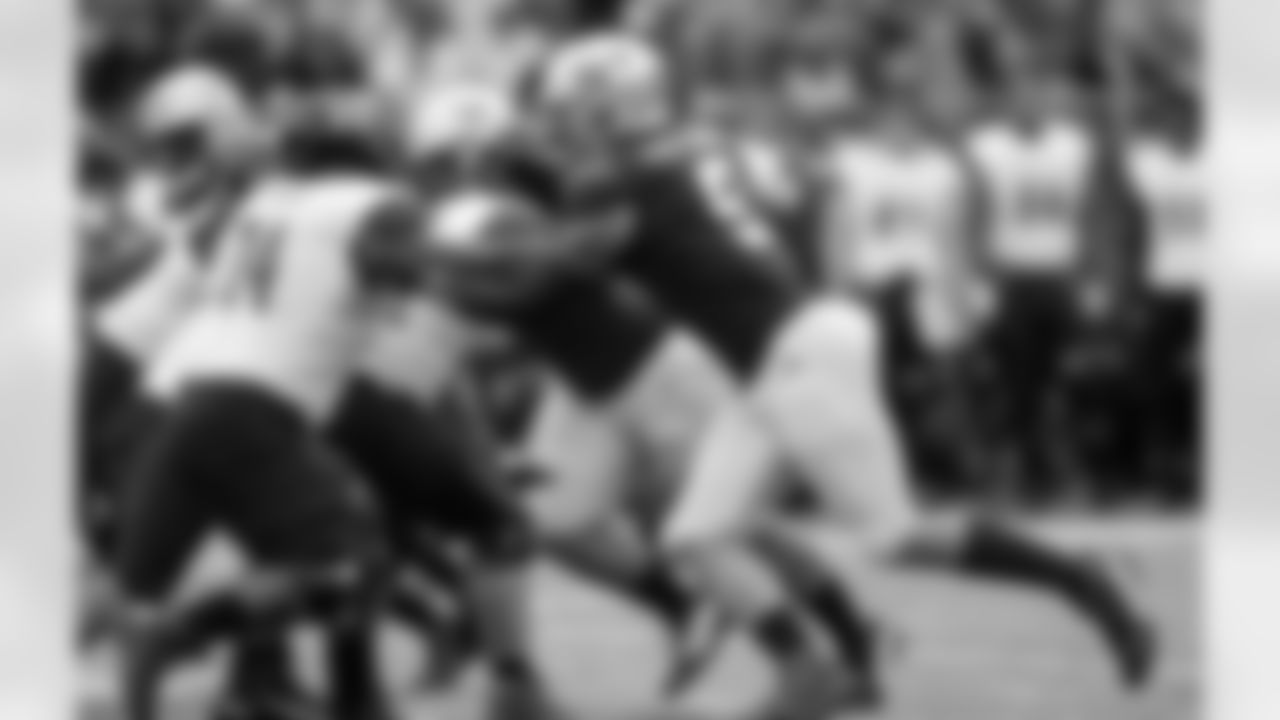
The University of Washington football team plays Hawaii on September 13, 2019. (Photography by Scott Eklund/Red Box Pictures)
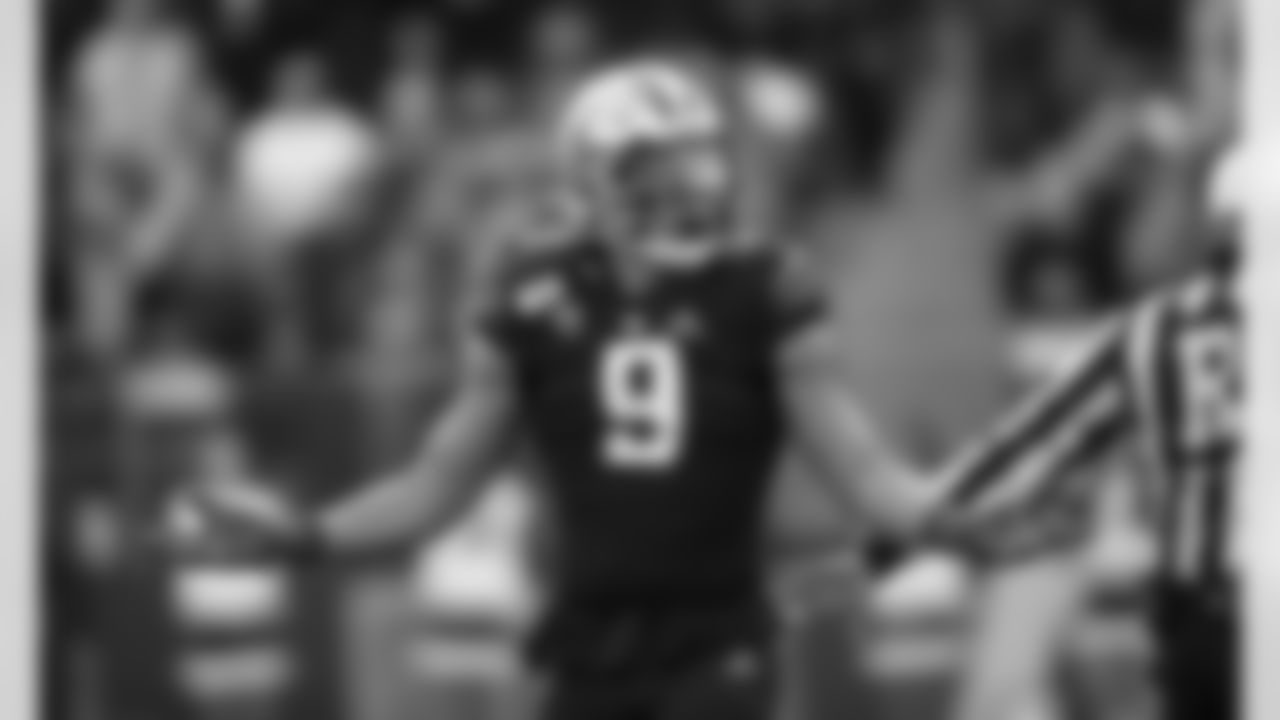
Washington linebacker Joe Tryon gestures during the first half of an NCAA college football game against Utah, on Saturday, Nov. 2, 2019 in Seattle. Utah won 33-28. (AP Photo/Stephen Brashear)

Washington's Joe Tryon runs through a drill during a team football practice Friday, Aug. 3, 2018, in Seattle. (AP Photo/Elaine Thompson)

Washington linebacker Joe Tryon (9) in the first half during an NCAA college football game against Arizona, Saturday, Oct. 12, 2019, in Tucson, Ariz. (AP Photo/Rick Scuteri)

Washington linebacker Joe Tryon (9) sacks Utah quarterback Tyler Huntley (1) during the first half of an NCAA college football game, Saturday, Nov. 2, 2019, in Seattle. (AP Photo/Stephen Brashear)
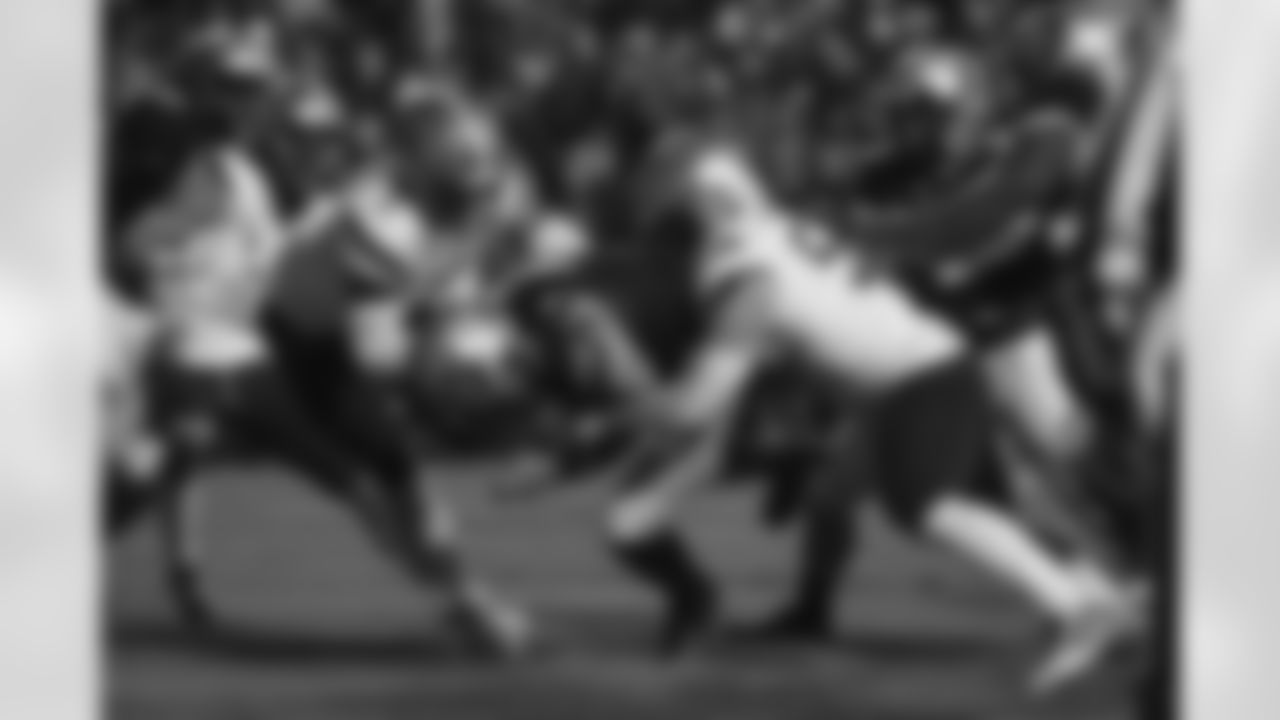
Colorado quarterback Steven Montez (12) is sacked by Washington linebacker Joe Tryon (9) and Washington linebacker Ryan Bowman (55) in the second half of an NCAA college football game Saturday, Nov. 23, 2019, in Boulder, Colo. Colorado won 20-14. (AP Photo/David Zalubowski)

Colorado tight end Brady Russell (38) and Washington linebacker Joe Tryon (9) in the second half of an NCAA college football game Saturday, Nov. 23, 2019, in Boulder, Colo. Colorado won 20-14. (AP Photo/David Zalubowski)

Colorado tight end Brady Russell (38) and Washington linebacker Joe Tryon (9) in the second half of an NCAA college football game Saturday, Nov. 23, 2019, in Boulder, Colo. Colorado won 20-14. (AP Photo/David Zalubowski)

Colorado tight end Brady Russell (38) and Washington linebacker Joe Tryon (9) in the second half of an NCAA college football game Saturday, Nov. 23, 2019, in Boulder, Colo. Colorado won 20-14. (AP Photo/David Zalubowski)
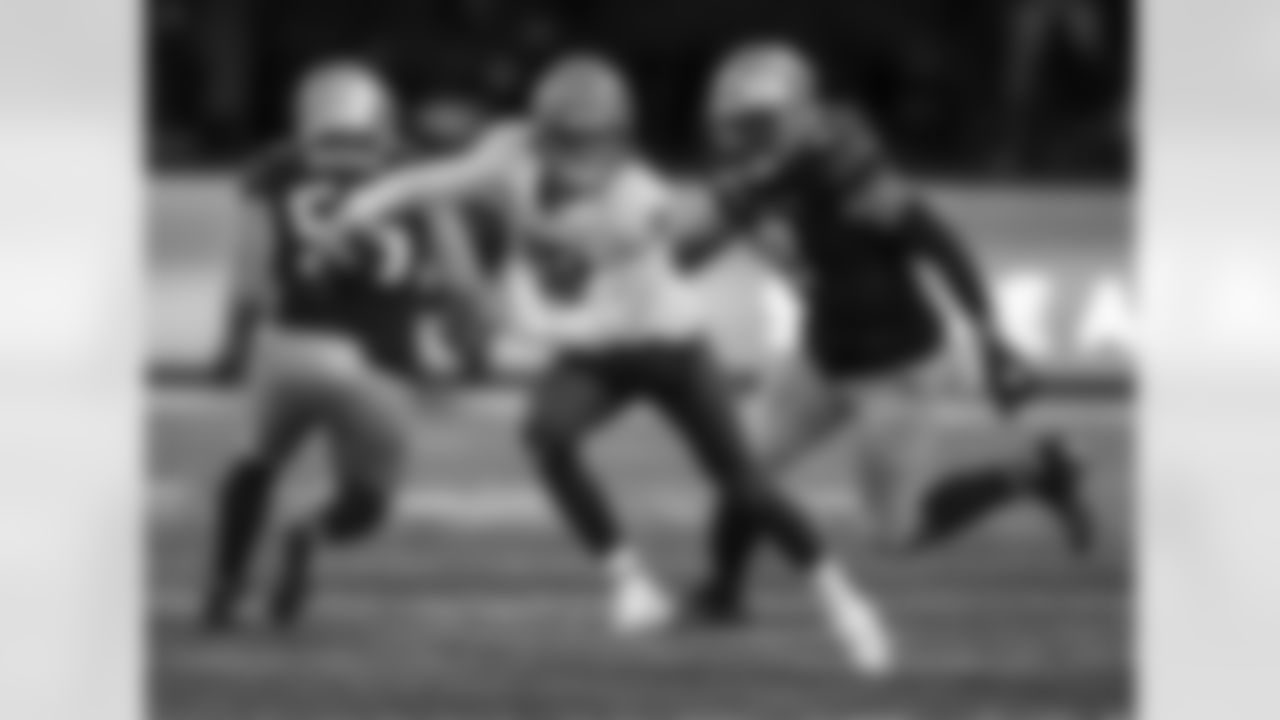
Washington State quarterback Anthony Gordon scrambles out of the pocket as he is chased by Washington linebacker Joe Tryon during the second half of an NCAA college football game, on Friday, Nov. 29, 2019 in Seattle. Washington won 31-13. (AP Photo/Stephen Brashear)

The University of Washington football team plays North Dakota on September 8, 2018. (Photography by Scott Eklund/Red Box Pictures)

EUGENE, OREGON -- FBS: University of Washington Huskies vs. University of Oregon Ducks.
Oregon Ducks top rival Washington Huskies 30-27, in an instant college football classic.
Photo: Alika Jenner

The University of Washington football team plays Boise State University in the Las Vegas Bowl on December 21, 2019. (Photography by Scott Eklund/Red Box Pictures)

University of Washington Athletics Department

Joe Tryon, an edge linebacker, runs a drill, Tuesday, March 30, 2021, during Washington's pro day football workout for NFL scouts in Seattle. (AP Photo/Ted S. Warren)

Joe Tryon, an edge linebacker, reaches for the ball during a drill, Tuesday, March 30, 2021, during Washington's pro day football workout for NFL scouts in Seattle. (AP Photo/Ted S. Warren)

(AP Photo/Ted S. Warren)

Joe Tryon, an edge linebacker, runs a drill, Tuesday, March 30, 2021, during Washington's pro day football workout for NFL scouts in Seattle. (AP Photo/Ted S. Warren)

Joe Tryon, an edge linebacker, makes a catch during a drill, Tuesday, March 30, 2021, during Washington's pro day football workout for NFL scouts in Seattle. (AP Photo/Ted S. Warren)

Joe Tryon, an edge linebacker, stretches before drills, Tuesday, March 30, 2021, during Washington's pro day football workout for NFL scouts in Seattle. (AP Photo/Ted S. Warren)

Joe Tryon, an edge linebacker, pauses between drills, Tuesday, March 30, 2021, during Washington's pro day football workout for NFL scouts in Seattle. (AP Photo/Ted S. Warren)

Joe Tryon, an edge linebacker, hits a blocking sled during a drill, Tuesday, March 30, 2021, during Washington's pro day football workout for NFL scouts in Seattle. (AP Photo/Ted S. Warren)

University of Washington Huskies vs. Utah football, Saturday November 2, 2019. (Photo by (Joe Nicholson/Red Box Pictures)

University of Washington Huskies vs. Utah football, Saturday November 2, 2019. (Photo by (Joe Nicholson/Red Box Pictures)

University of Washington Athletics Department
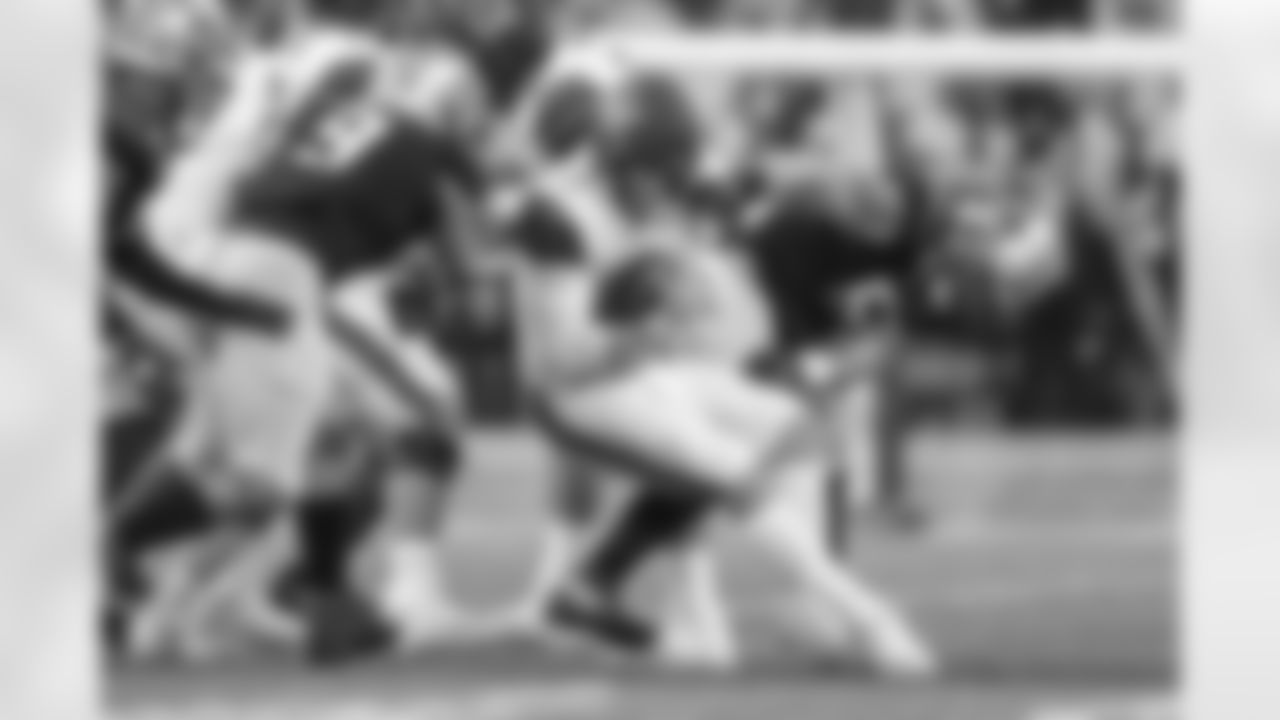
University of Washington Huskies vs. California football, Saturday September 7, 2019. (Photo by (Joe Nicholson/Red Box Pictures)
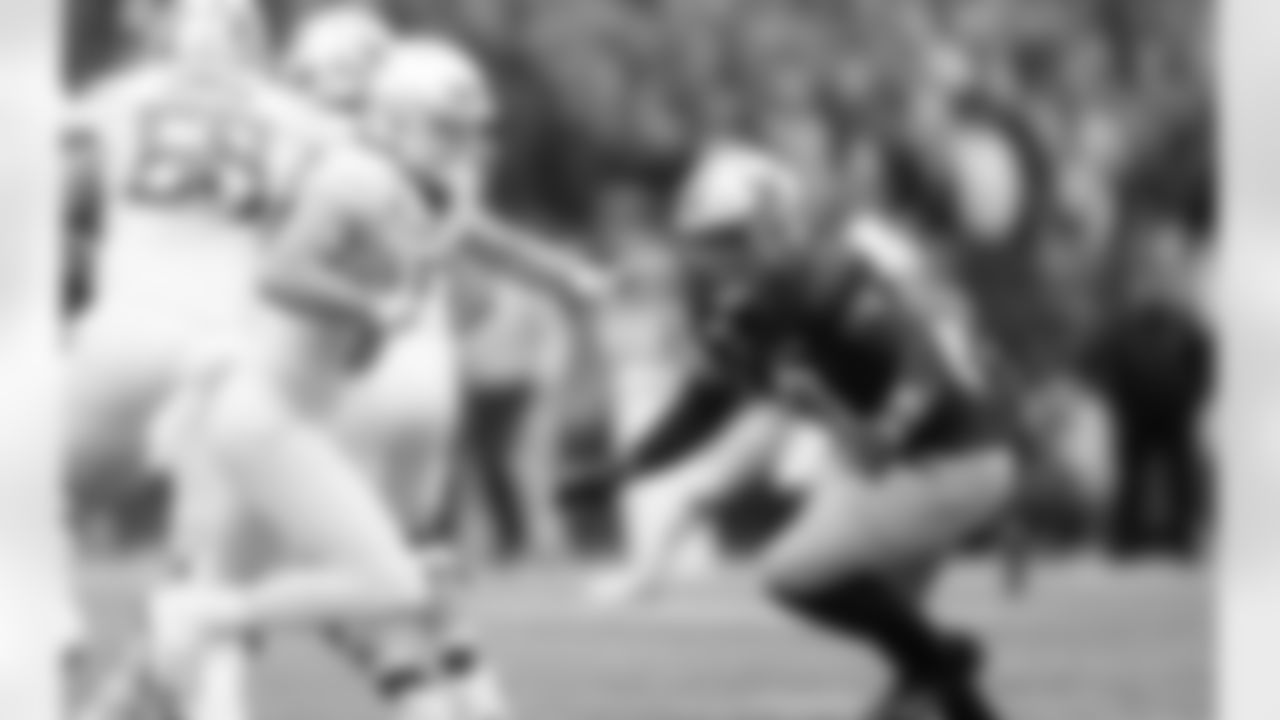
The University of Washington football team plays Oregon on October 19, 2019. (Photography by Scott Eklund /Red Box Pictures)
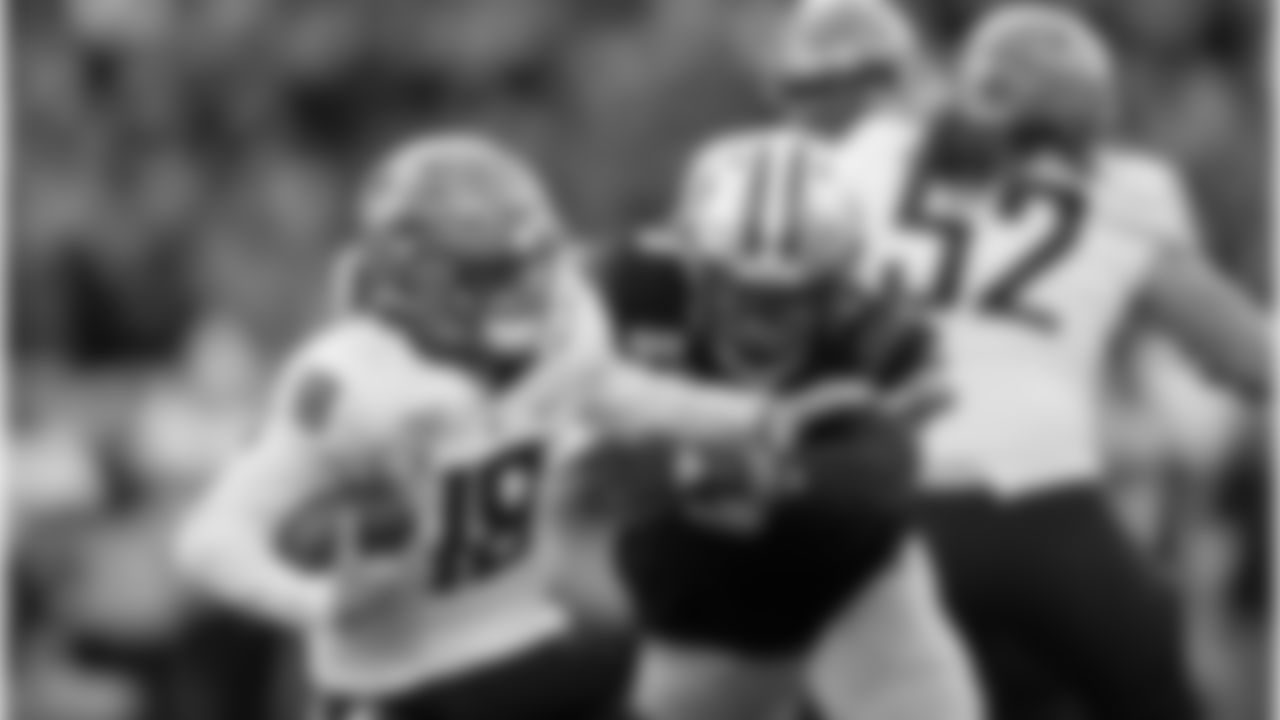
The University of Washington football team plays WSU in the Apple Cup on November 29, 2019. (Photography by Scott Eklund/Red Box Pictures)
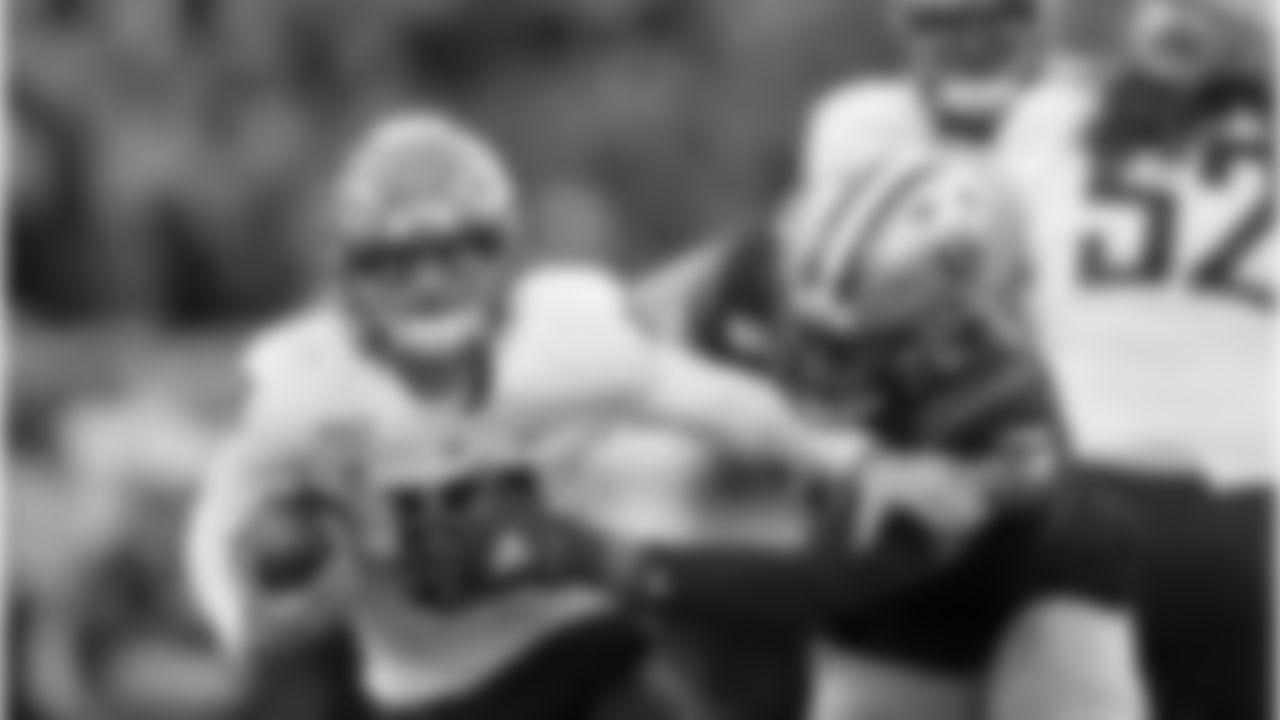
The University of Washington football team plays WSU in the Apple Cup on November 29, 2019. (Photography by Scott Eklund/Red Box Pictures)

The University of Washington Huskies take on Eastern Washington University at Alaska Airlines Arena on Saturday, August 31, 2019.

Washington Huskies linebacker Joe Tryon (9) sacks Utah Utes quarterback Tyler Huntley (1) during the first quarter at Husky Stadium.

Washington Huskies linebacker Joe Tryon (9) and linebacker Laiatu Latu (56) celebrate during the first half against the Arizona Wildcats at Arizona Stadium.

University of Washington Athletics Department
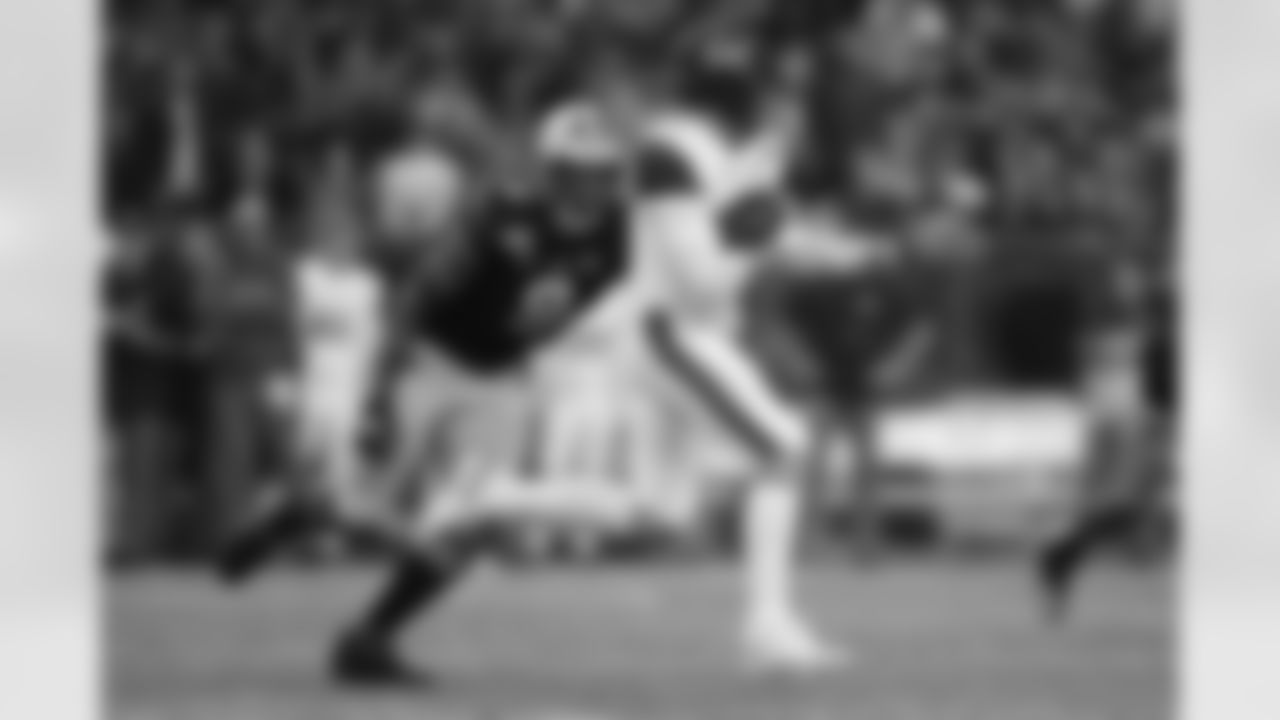
University of Washington Athletics Department

(Joe Nicholson/Red Box Pictures)

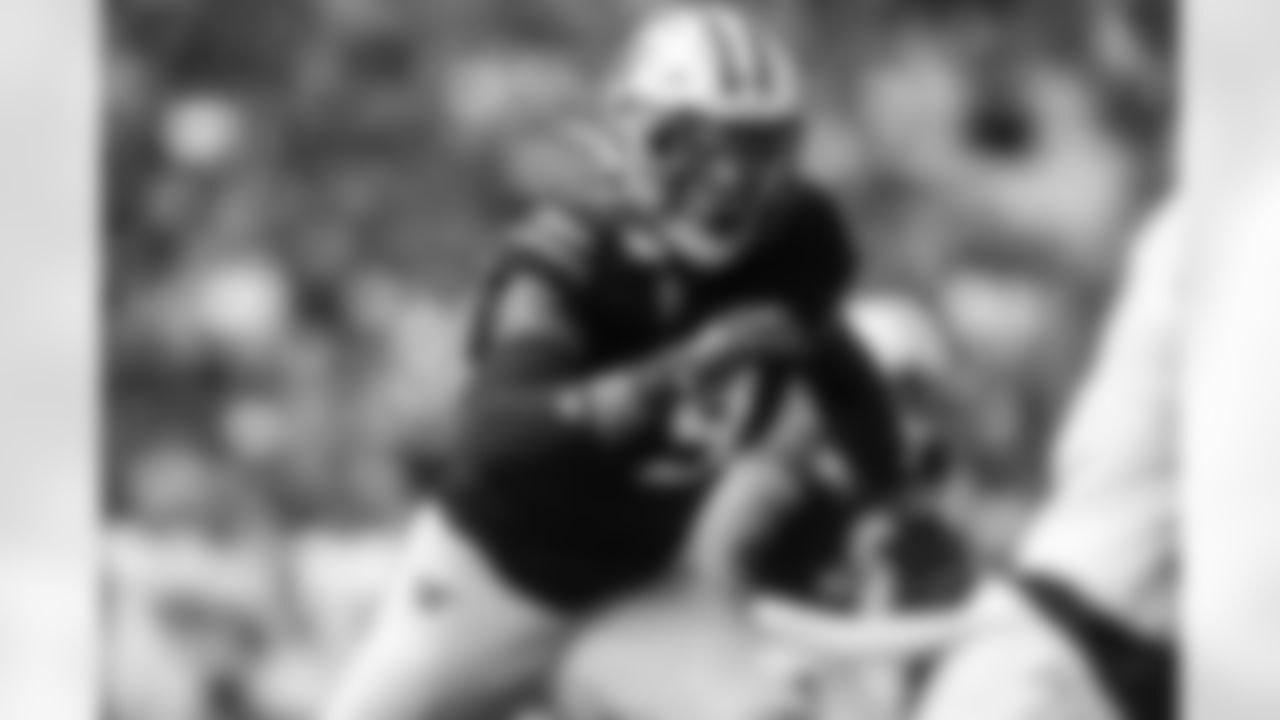
The University of Washington Huskies take on Eastern Washington University at Alaska Airlines Arena on Saturday, August 31, 2019.
Fifth-Round ILB K.J. Britt: 52
Under the new rules, Britt could have worn the same number he played in for Auburn, 33. However, that jersey is already occupied by starting safety Jordan Whitehead, who actually switched into that jersey last year after two seasons as number 31. Obviously, that was the number Whitehead wanted all along, as he grabbed it after Carlton Davis made his own move in 2020 from 33 to 24.
So Britt ended up with a pretty classic number for an NFL linebacker, and one that got a rare year off for the Buccaneers in 2020. Somebody has worn number 52 for the Buccaneers at some point in 37 of the past 45 seasons.
The most prominent number 52 in Bucs history is linebacker Scot Brantley, who wore it from 1980-87 and played in 114 games. Of the 18 former Tampa Bay players to don number 52, 17 were linebackers, including Keith McCants, Super Bowl XXXVII participant Nate Webster and Jonathan Casillas. The lone exception was center Jeff Faine, who occupied number 52 from 2008-11.
Seventh-Round CB Chris Wilcox: 29
Wilcox wore number 32 for BYU and that was a perfectly acceptable number for a cornerback even before the rule changes. In Tampa, however, it is already owned by safety Mike Edwards, who was yet another defensive back to switch his number last year. So Wilcox ended up with a number that has been much more common for cornerbacks in Bucs history anyway.
In fact, the 29 jersey was only available in 2021 because cornerback Ryan Smith signed with the Chargers as a free agent earlier in the offseason. Smith had a solid five-year run in that jersey and was one of the team's best special teams player for most of that run. Before him, cornerback Leonard Johnson wore number 29 from 2014-16.
Historically, the 29 jersey is most connected in Tampa to cornerback Ricky Reynolds. Reynolds played in 105 games with 103 starts for the Bucs from 1987-93 and is tied for ninth in team history with 17 interceptions. Kenny "The Shark" Gant was a fan favorite in the 29 jersey for three seasons in the 1990s; like Smith he was a special teams ace. The only offensive players to wear that number for Tampa Bay were kick returner Leon Bright in 1984-85 and running back Michael Bennett in 2007-08.
Seventh-Round ILB Grant Stuard: 48
Linebackers have been allowed to wear numbers in the 40s since 2015, but that doesn't mean it has happened often. That said, Stuard won't quite be breaking new ground here.
The Buccaneers drafted another linebacker, Wisconsin's Jack Cichy, in the sixth round in 2018 and he took on the 48 jersey, becoming the first defender in team history to do so. Cichy played in parts of the last three seasons, appearing in 16 games overall. He is currently an unrestricted free agent.
Again, Stuard couldn't have his zero jersey from 2020, and while it is now allowed for linebackers, his previous number 3 jersey is already worn by kicker Ryan Succop. The 40-49 range might be trending towards more popular in recent seasons, as evidenced by 2019 first-round pick Devin White going with 45.
The 48 jersey was one of the last ones ever to see the light of day in Tampa. Nobody wore it in a regular-season game during the first 21 seasons in franchise history, before tight end Andrew Jordan put it on for two contests in 1997. Fullback Charles Kirby trumped that with six games in the number 48 shirt in 2000. However, it did eventually end up getting a long run over the past two decades thanks to a pair of long-snappers.
Andrew Economos came first and put his stamp on that number by playing 108 games from 2006-13, the longest tenure for any long-snapper in franchise history. He was immediately succeeded in that number and at that position by Andrew DePaola from 2014-16.





































